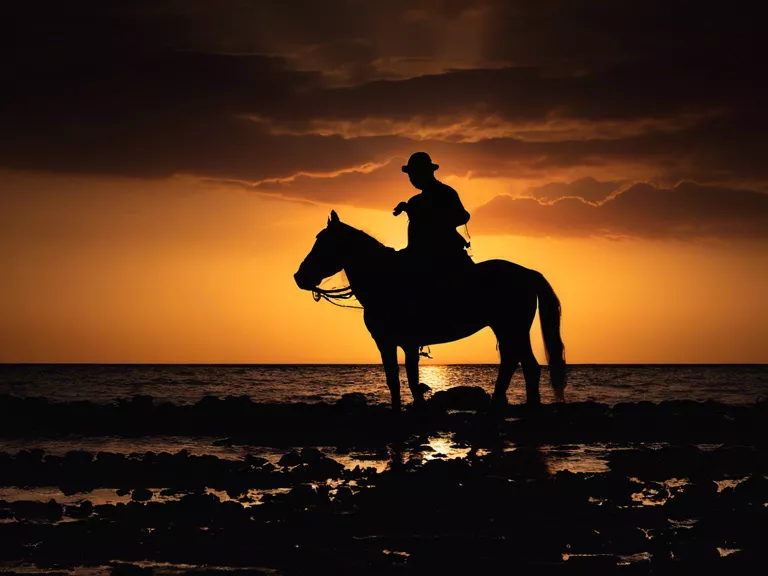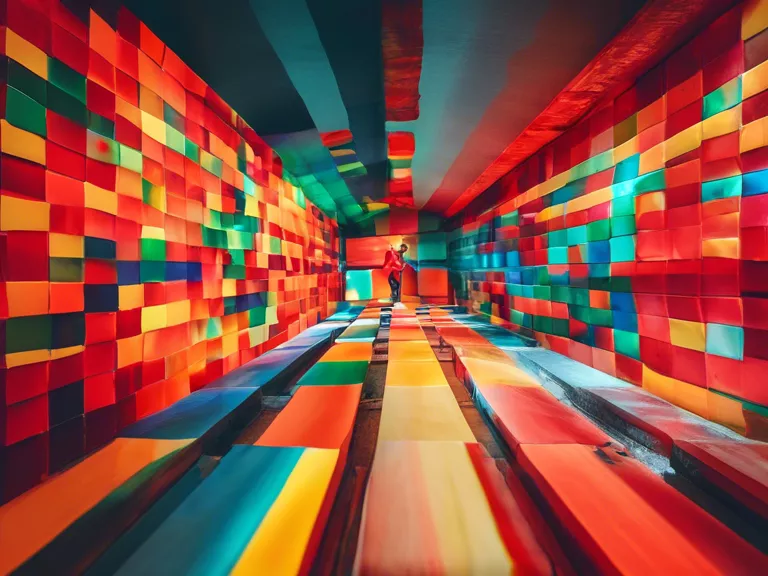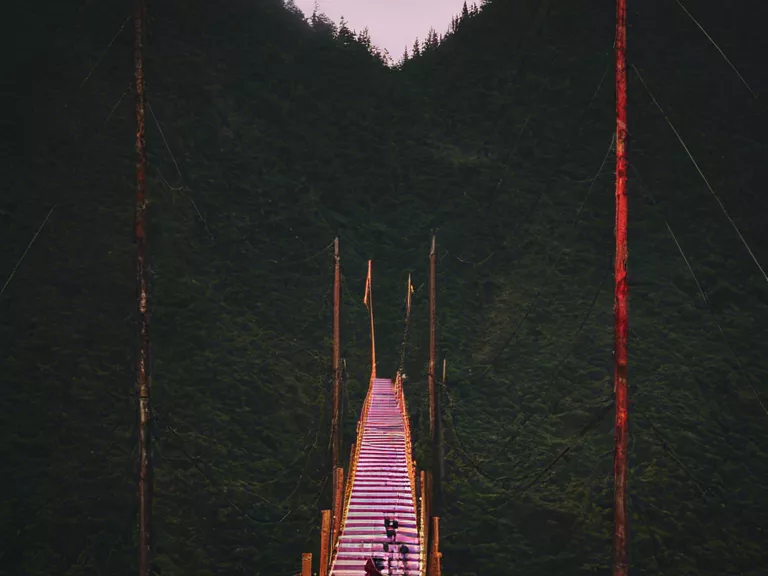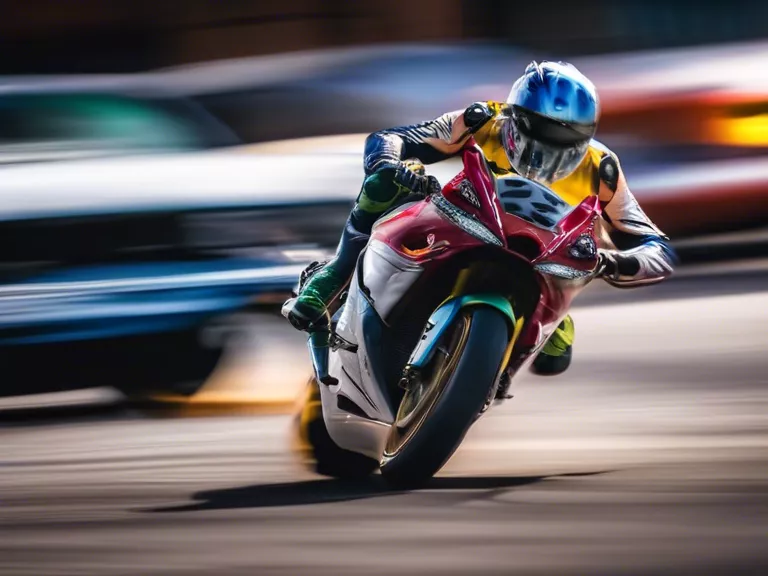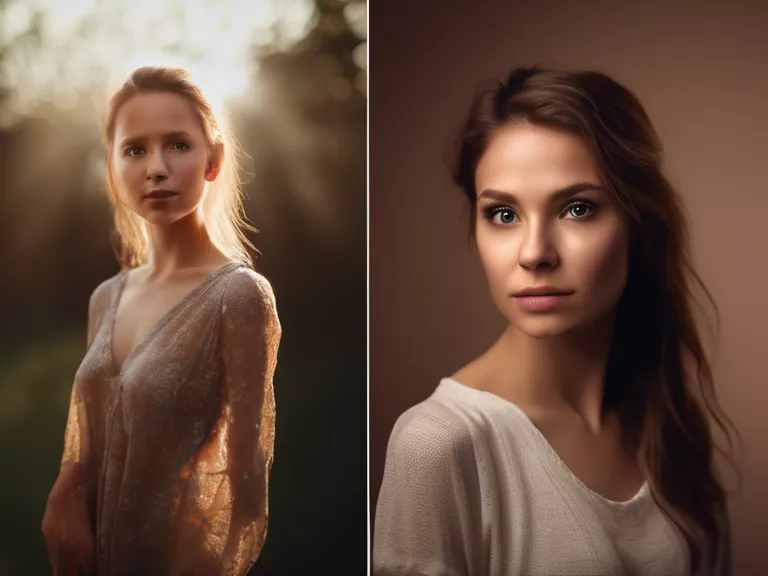
In portrait photography, lighting plays a crucial role in capturing stunning and impactful images. Different lighting conditions can drastically affect the mood, tone, and overall quality of a portrait. From natural light to artificial light sources, each lighting setup brings its own unique characteristics to a photograph.
Natural light is often favored by portrait photographers for its soft and flattering quality. Whether it's the warm glow of the golden hour or the diffused light on an overcast day, natural light can create beautifully soft and even lighting on the subject's face. However, natural light can be unpredictable and may not always be readily available, making it necessary for photographers to adapt and find alternative lighting solutions.
Artificial light sources such as studio lighting or flash can provide consistency and control over the lighting conditions. Studio lighting allows photographers to manipulate the direction, intensity, and color of light to achieve a particular look or style. Flash photography can add drama and contrast to a portrait, creating dynamic and eye-catching images. However, artificial light can sometimes appear harsh or artificial if not used properly, leading to unflattering results.
The time of day and location also play a significant role in portrait photography lighting. For outdoor portraits, the position of the sun and the surrounding environment can influence the intensity and angle of light hitting the subject. Indoor portraits may require additional lighting equipment to compensate for low light conditions or to create a specific mood or atmosphere.
In conclusion, the impact of different lighting conditions on portrait photography cannot be understated. Natural light, artificial light, time of day, and location all contribute to the overall look and feel of a portrait. By understanding how different lighting setups affect a photograph, photographers can create engaging and visually appealing portraits that truly stand out.
